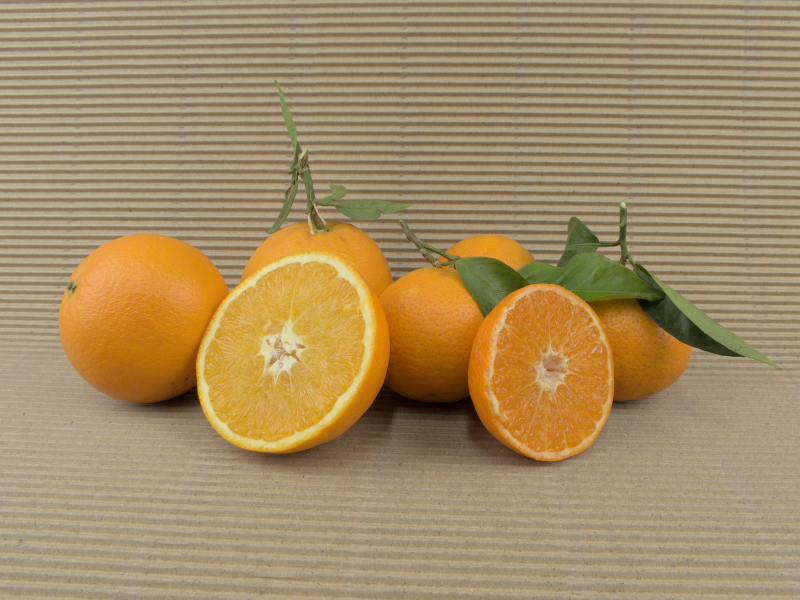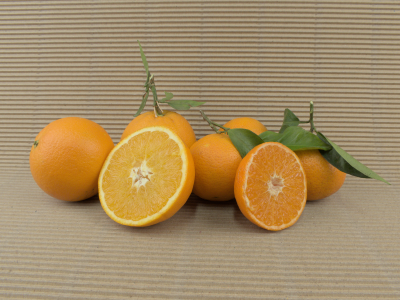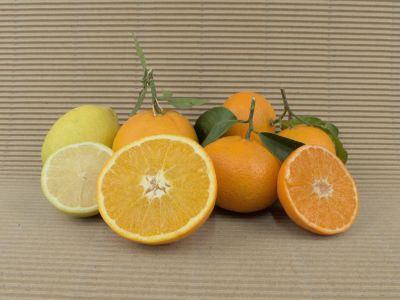Navelina Orange
GENERAL DESCRIPTION:
It is the earliest orange of the Navel class, more round than flat, large in size, and sometimes with a very noticeable navel. Its skin is slightly rough, of medium thickness, and its color can vary between a yellowish orange and an intense bright orange. It has very juicy pulp, seedless, excellent flavor, and very sweet, suitable for both juice and table orange. Its harvesting period is between November and February.
CALIBER:
The average caliber of this variety is large, with the majority of pieces measuring above 80 mm. The minimum commercial caliber in Naranjas de Cullera for this variety is 67 mm.
DURABILITY:
It can be kept in good condition for up to 30 days after harvesting (some pieces even longer), always following our instructions for preservation: immediately remove them from the box, spread them on a wide surface, with temperature and humidity not extreme, without direct sunlight or heat sources, and discard any pieces that may spoil. This is a general rule, considering that they are perishable and without post-harvest treatments, it is also possible that some pieces may spoil before 30 days.
POTENTIAL DRAWBACKS:
It may have aesthetic defects that do not affect its quality (see our blog for more information). In advanced stages of ripening, it can become soft and may change in flavor. Like all fresh oranges without post-harvest treatments, they do not peel well by hand.
Clemenules
GENERAL DESCRIPTION:
Clemenules, medium to large in size with a slightly flattened shape. It has a
fine pulp with an excellent, juicy, and sweet flavor. Its skin is soft, making
it easy to peel, making it ideal for children. Intensely orange in color, it
may still have some greenish hues even when fully ripe.
SIZE:
The average size of these varieties ranges from 57 to 65 mm in diameter. The
minimum commercial size at Naranjas de Cullera for this variety is 54 mm.
DURABILITY:
They keep well for up to 20 days after harvesting, always following our
guidelines for conservation: remove them from the box immediately, spread them
out on a large surface, at non-extreme temperatures and humidity, away from
direct sunlight or heat sources, and discard any pieces that may have spoiled.
This is a general rule, considering they are perishable and without
post-harvest treatments; it is also possible for some pieces to spoil before
20 days.
POTENTIAL DRAWBACKS:
Like most mandarins, they may have a few seeds due to cross-pollination.
Conventional farming
These fruits come from conventional farming, which means they may have
received conventional treatments during their production. Once harvested,
they are only cleaned with a cloth before being marketed. No waxes, fungicides,
or other preservatives are added to them. The treatments applied by
our farmers exclusively use products authorized by the EU. Nevertheless, a
significant portion of the fruits we serve comes from orchards that have
not received any pesticide treatments.


